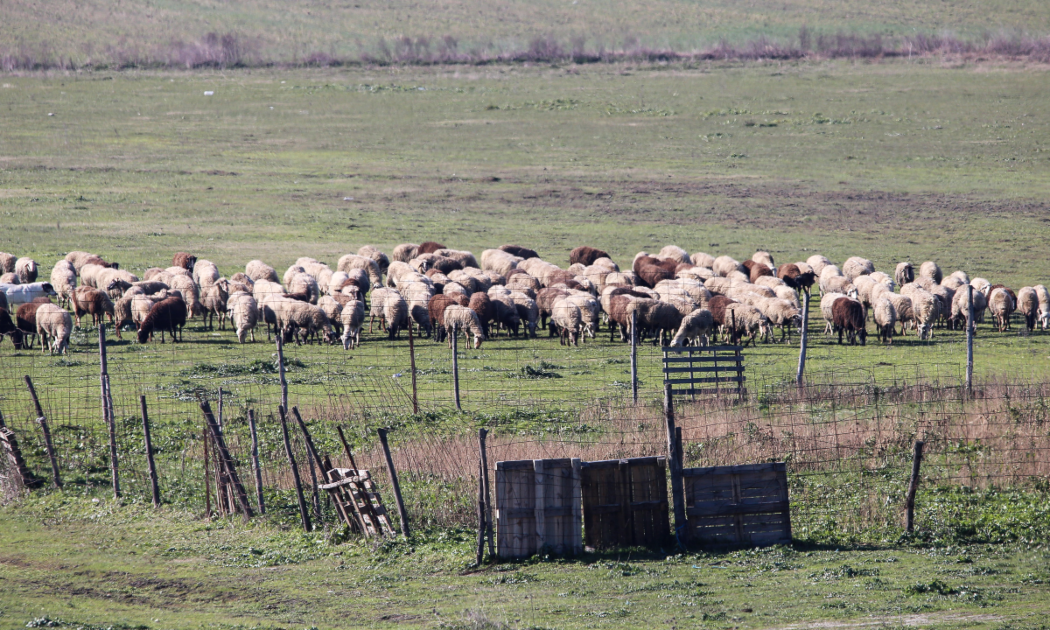 New probe uncovers the root of the wheel. youngrobv / CC BY-NC 2.0
New probe uncovers the root of the wheel. youngrobv / CC BY-NC 2.0A squad of researchers, led by historiographer Richard Bulliet from Columbia University, has projected a caller mentation astir however the wheel was invented. They worked alongside engineers Lee Alacoque from the University of Illinois Urbana-Champaign and Kai James from Georgia Institute of Technology to fig retired the root of the wheel.
Their research suggests that past copper miners successful the Carpathian Mountains were the archetypal to make wheeled devices. These aboriginal wheels were apt utilized to transport ore. This mentation offers a caller position connected the past of the wheel. It challenges earlier ideas that connected the invention of the instrumentality to the potter’s instrumentality successful Mesopotamia astir 4000 BCE.
Bulliet and his squad studied however miners mightiness person improved elemental tools to make the archetypal wheels. They looked astatine however logs without branches, utilized arsenic rollers, could germinate into wheel-and-axle systems. This translation was important for navigating constrictive tunnels successful mines.
The researchers recovered that the mining situation played a cardinal relation successful this development. The choky and winding paths wrong the mines pushed the miners to innovate. Over time, they moved from utilizing basal rollers to creating a much precocious and flexible wheel-and-axle system.
Three captious stages successful the improvement of the wheel
 Evolution of the wheel-and-axle system. Credit: Lee R. Alacoque / CC BY 4.0
Evolution of the wheel-and-axle system. Credit: Lee R. Alacoque / CC BY 4.0In their study, the researchers outlined 3 important stages successful the improvement of the wheel.
First, they discovered that the rollers were modified with grooves. These grooves helped support boxes filled with ore from slipping off. This alteration made it easier for workers due to the fact that they didn’t person to support adjusting the rollers arsenic they transported materials.
The 2nd measurement progressive making the ends of these grooved rollers wider. This alteration allowed for the instauration of a elemental axle. This axle could clasp either 1 oregon 2 wheels, marking a important advancement successful the design.
Over centuries, miners sought to refine their carts, yet attaching wheels independently to axles. This advancement importantly boosted maneuverability, making it easier to navigate the rugged terrain of mining sites.
Researchers suggest that this improvement of plan took spot gradually, spanning astir 500 years, reflecting a singular progression successful aboriginal engineering that laid the groundwork for much blase transport technologies.
oldest existing wheel, Ljubljana Marshes Wheel, astir 5100-5300 years old, from modern time Slovenia.
It surely isn't the archetypal wheel, determination are depictions of wheels overmuch older. pic.twitter.com/96s0RtKex6
— Moctezuma III (@Moctezuma_III) October 29, 2024
The survey shows that the improvement of the instrumentality was a gradual process. This presumption highlights however exertion evolves done experimentation, adaptation, and the power of the environment. It contrasts with the communal thought that inventions hap suddenly.
Bulliet and his squad stress that biology factors were important successful creating wheeled technology. They explicate that each measurement successful this improvement helped lick applicable problems faced by miners. These included reducing friction and moving dense loads much efficiently successful choky spaces.

 2 hours ago
10
2 hours ago
10








 Greek (GR) ·
Greek (GR) ·  English (US) ·
English (US) ·